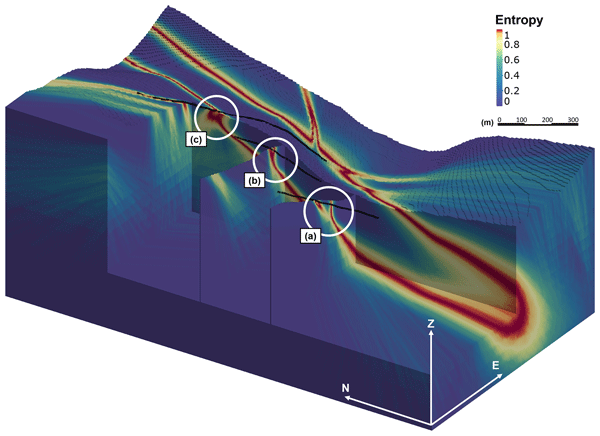Even if you’re not an avid geography buff, you probably know that the world is made up of layers. At the surface, there’s solid earth, and then below that there’s water and rock strata separated by thin slivers of magma called tectonic plates. These plates create mountains and hills, valleys and rivers, and even affect weather conditions in different parts of the world—all because they’re in constant movement! To study these movements, scientists need to find out how far apart the earth’s layers are from one another.
Explain what depth uncertainty is
Depth uncertainty is a term used to describe how accurately one can measure the depth of an object. This is often in reference to geologic formations, which are often not visible from the surface and thus cannot be easily measured. Although many methods exist for measuring depth, all have some degree of error associated with them. The simplest method is by using a tape measure and taking measurements at different points on the ground; this will likely produce errors as small as 1 meter. More advanced methods include using lasers or sonar, which can also result in errors ranging from centimeters to tens of meters.
Explain why it’s important
Depth uncertainty is the difference between what you know about a given area and what you don’t. It’s also the difference between your best guess as to an object’s depth and the true depth of that object. When it comes to geology, there are many different types of uncertainty at play, including:
-The uncertainty of a given measurement.
-The uncertainty that measurements might have been taken on different scales or with different instruments.
-The uncertainty that measurements might have been made by people who differed in their interpretations of what they saw, heard, or felt.
-The uncertainties introduced when interpreting data from a set of observations over time and space.
Explain how we measure it in surveys
In surveys, depth uncertainty is a measure of the expected misclassification when assigning an elevation to a point on the ground surface. It can be interpreted as a type of probability distribution for elevation. It is calculated with Bayesian statistics from the results of previous surveys and the underlying terrain.
In order to calculate depth uncertainty, we first need to measure the vertical distance between two survey points. For example, let’s say that Point A has an elevation of 3 meters above sea level, and Point B has an elevation of 6 meters above sea level.
Explain how we can manage it
Depth uncertainty arises when the properties of a geological object change with depth. There are two ways to manage this issue: One is to use a constant value for the property across the entire depth range. The other is to make sure you know what it means if your assumptions turn out not to be true.
If we want to measure velocity, one way is to set it equal to a constant value such as 1000 m/s throughout the subsurface. This will give us a correct answer for velocities up to 1000 m/s but may over- or under-estimate those values above or below 1000 m/s, respectively.

